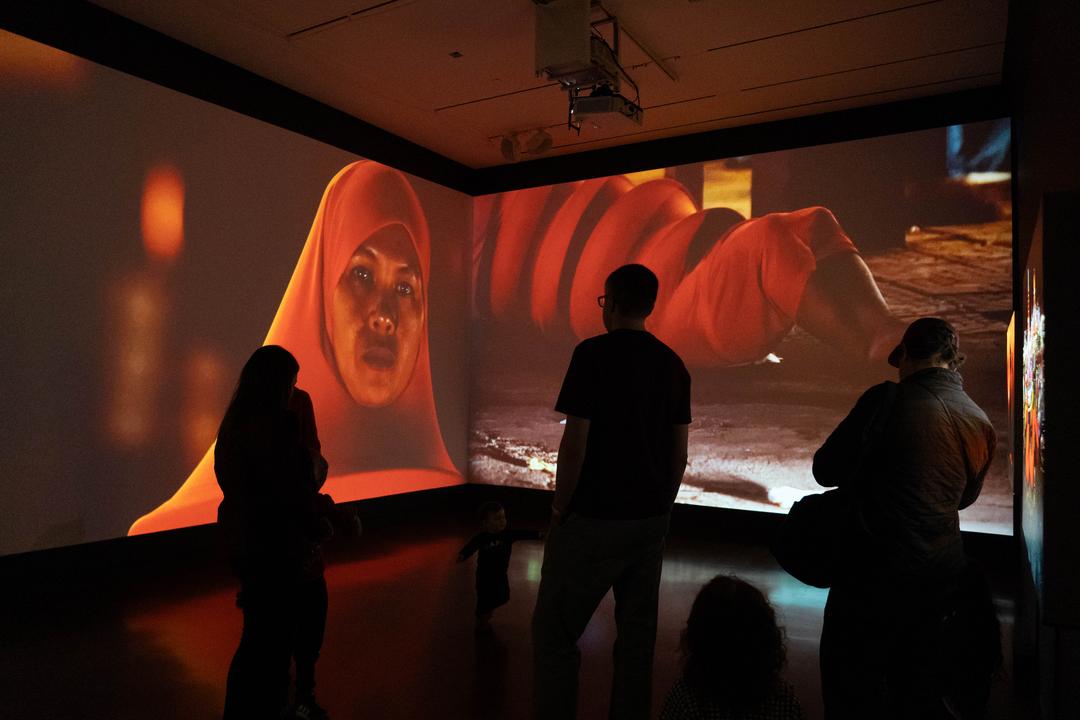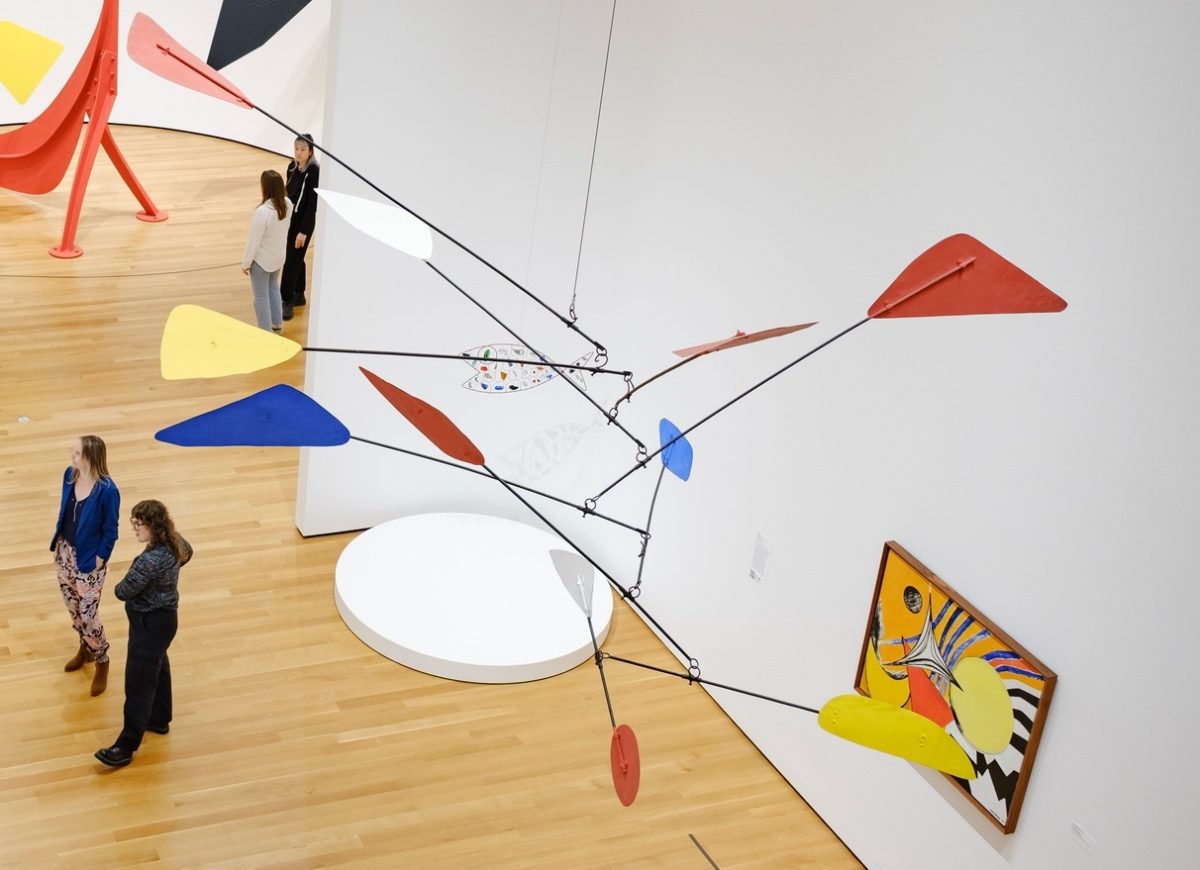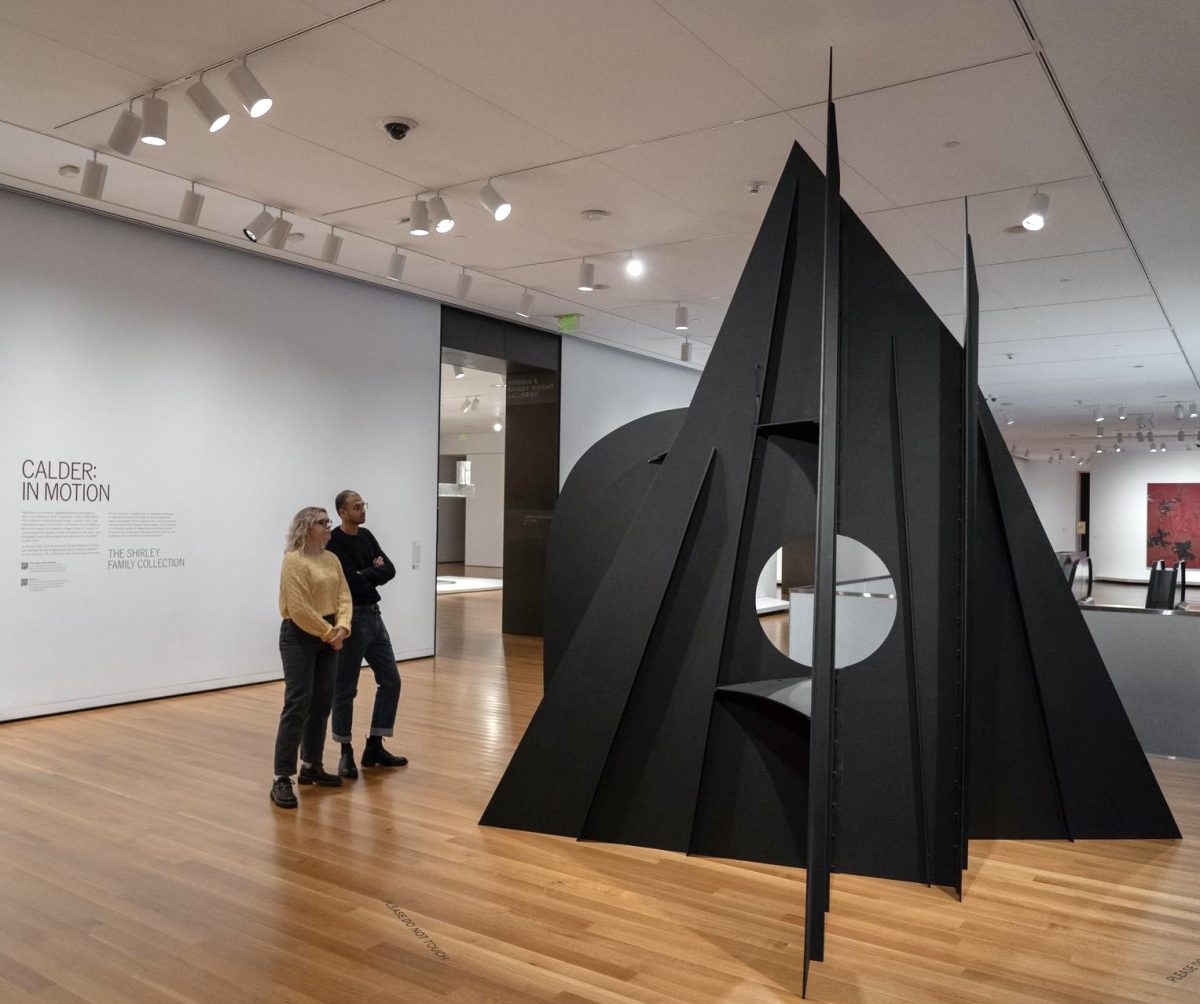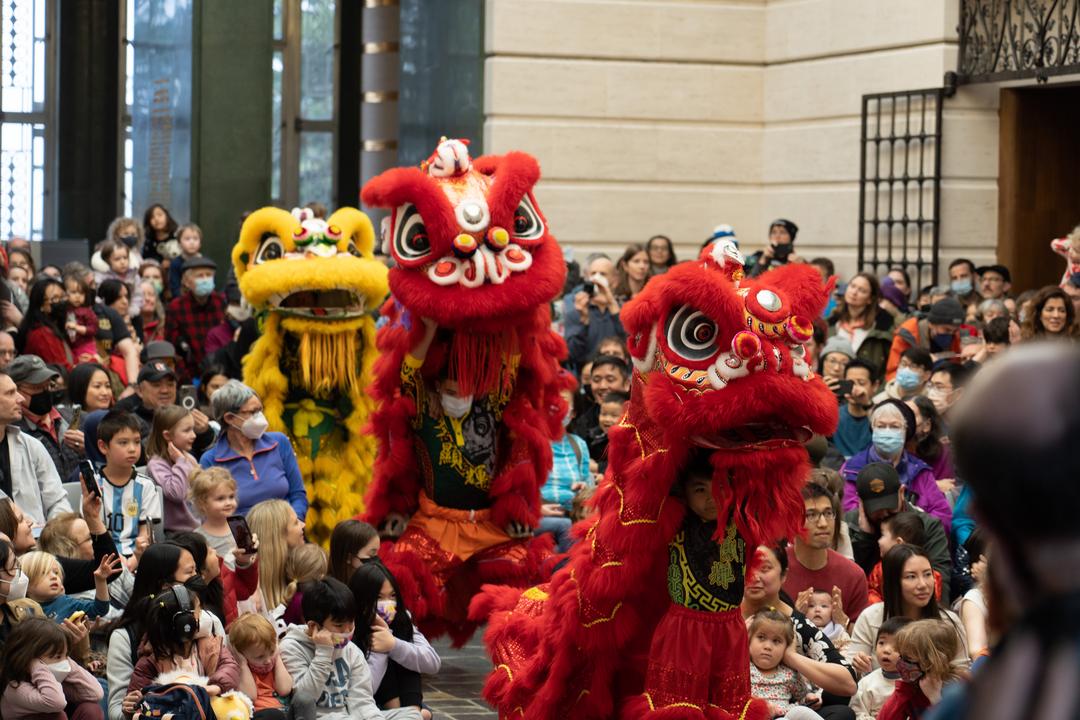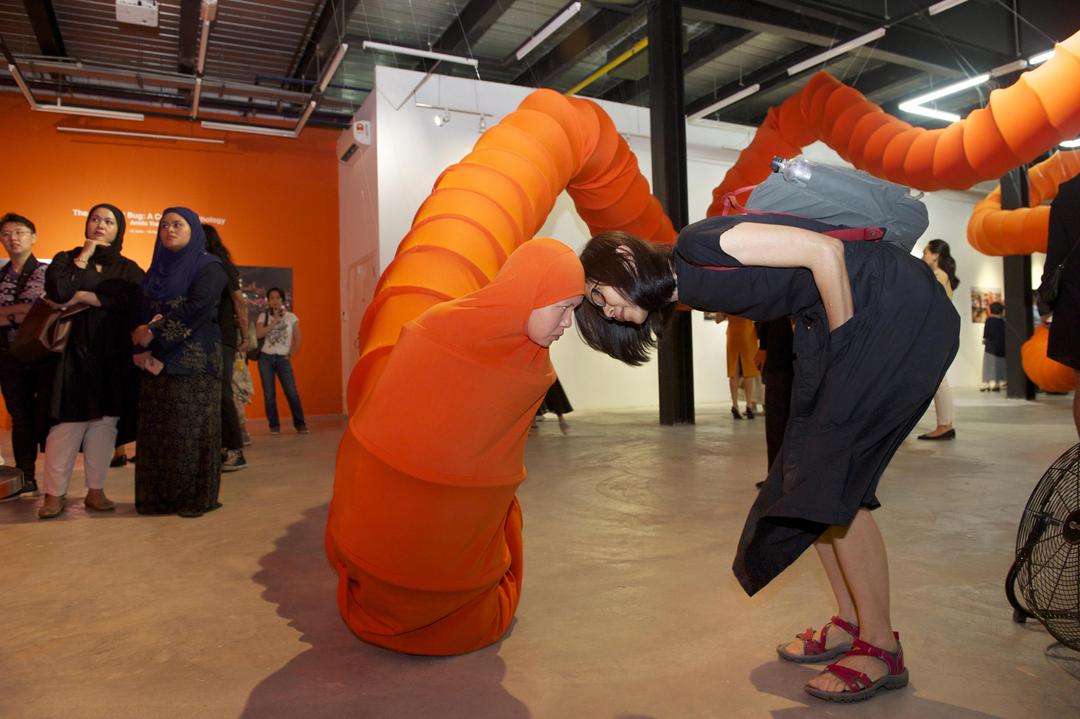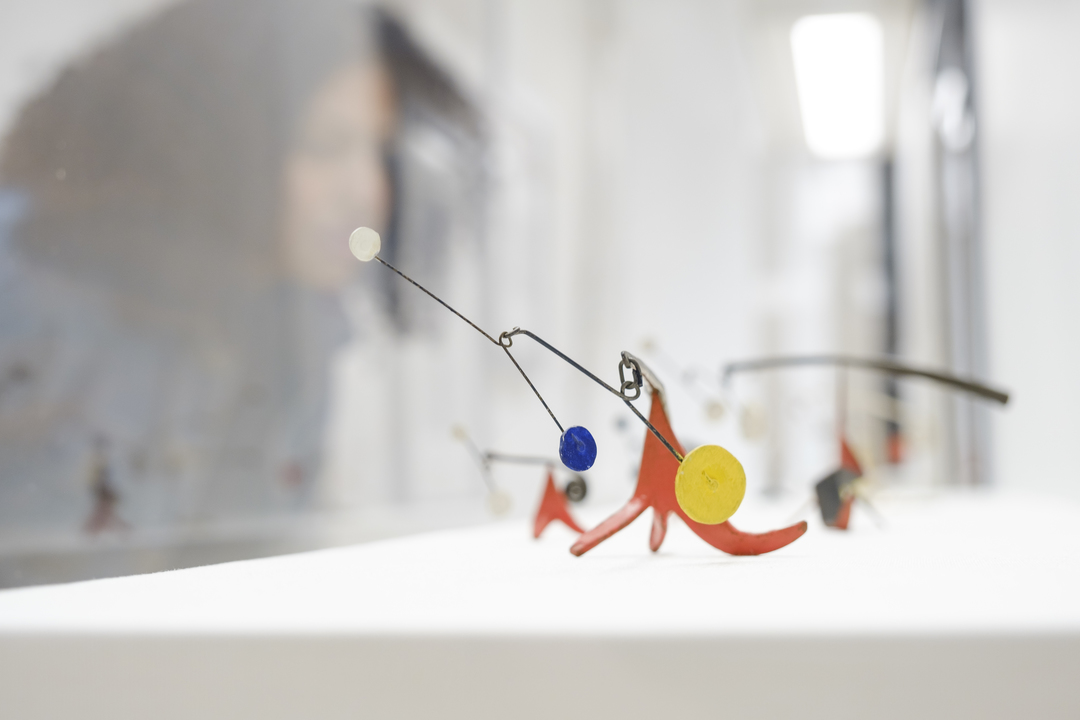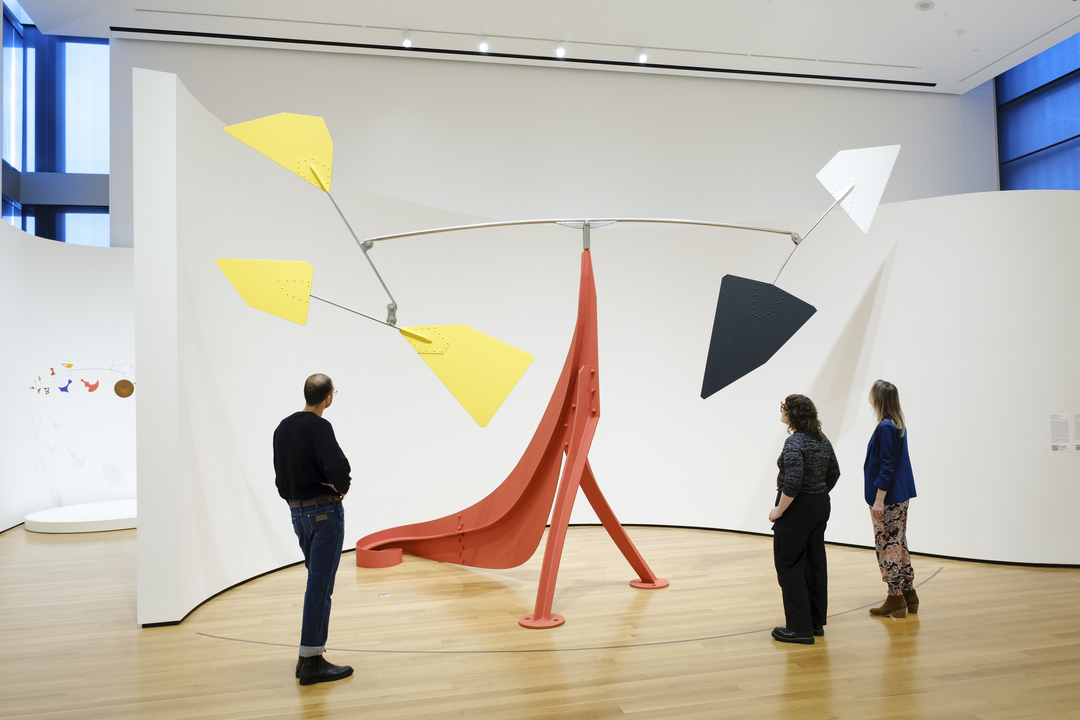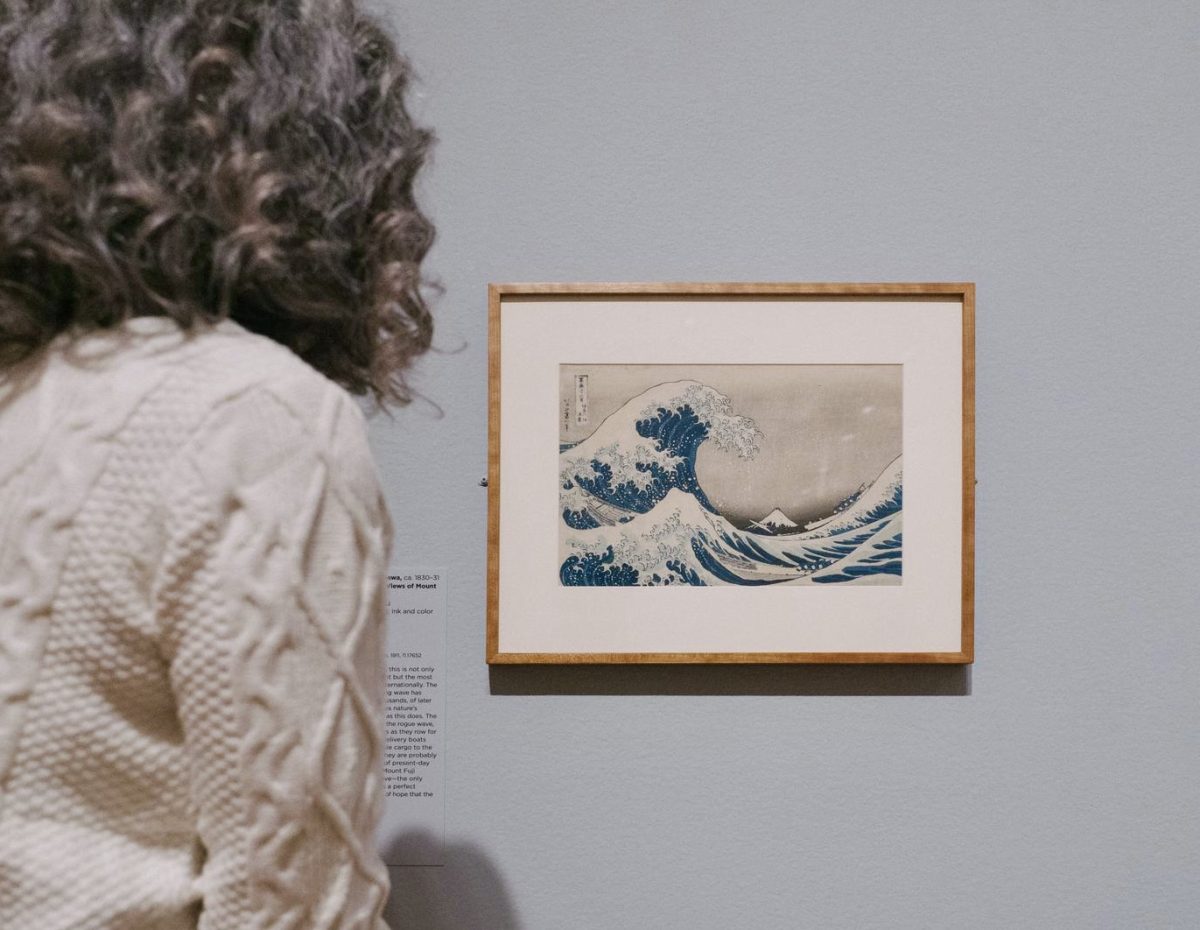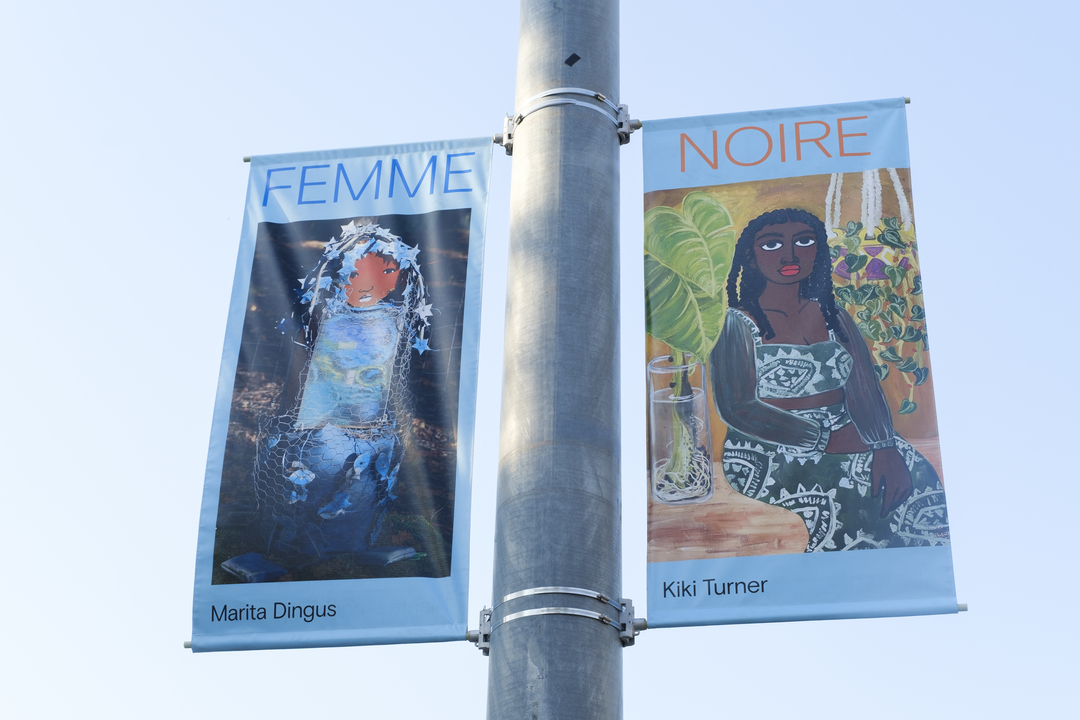Muse/News: Living Color, Art Home, and Sargent’s Fashion
SAM News
“Artist, Agitator, Bug”: For University of Washington Magazine, Shin Yu Pai writes about Anida Yoeu Ali: Hybrid Skin, Mythical Presence, now on view at the Seattle Asian Art Museum.
“Ali notes that the themes in her work, like the history of war, trauma and genocide, are not frequently presented in mainstream cultural institutions. She seeks to be politically provocative and aesthetically remarkable while also conveying playfulness and joy.”
Former Seattleite Leslie Kelly returns for a fun-filled weekend for the Spokesman-Review’s “Going Mobile” series, making stops at the Olympic Sculpture Park and the Seattle Art Museum to see Calder: In Motion, The Shirley Family Collection.
Via Seattle Met: “Artist Cristina Martinez Shares Her Favorite Seattle Spots”—including the Seattle Art Museum.
“As a family we spend a significant amount of time there…I always make my kids show me their favorite and least favorite piece.”
Local News
The Seattle Times’ Margo Vansynghel brings you “6 Seattle photo exhibits to see in March.” Shout out to Jo Cosme, a former Emerging Arts Leader Intern in Graphic Design at SAM; go see her show at 4Culture!
Crosscut Now takes you behind the scenes of Seattle Opera as it prepared to debut X: The Life and Times of Malcolm X. See it there now through March 9.
Elizabeth Hunter and her daughter Cora continue their explorations of cultural spaces; this time, they visit Wa Na Wari in the Central District to enjoy art…and cookies.
“These little reminders of home—a claw foot bathtub, the smell of food cooking in the kitchen—are what make Wa Na Wari such a memorable art venue. No matter where you are, you are reminded: This is a home.”
Inter/National News
Via Colin Moynihan for The New York Times: “What’s in a Name? For This Rembrandt, a Steep and Rapid Rise in Price.”
Big news for the museum field: “Marilyn Jackson Named the New President and CEO of the American Alliance of Museums.”
Jo Lawson-Tancred for Artnet on Sargent and Fashion, which is now on view at Tate Britain in London after a successful run at the Museum of Fine Arts, Boston.
“Like an antidote to the avant-garde, Sargent’s paintings have a timeless charm owed to his uncanny ability to bring subjects to life on canvas… Walking through the galleries, one feels almost like they are stepping into a century-old conversation between fully sentient figures.”
And Finally
“Bartell’s has always been more than a drugstore.”
– Rachel Eggers, SAM Associate Director of Public Relations
Photo: Chloe Collyer.
